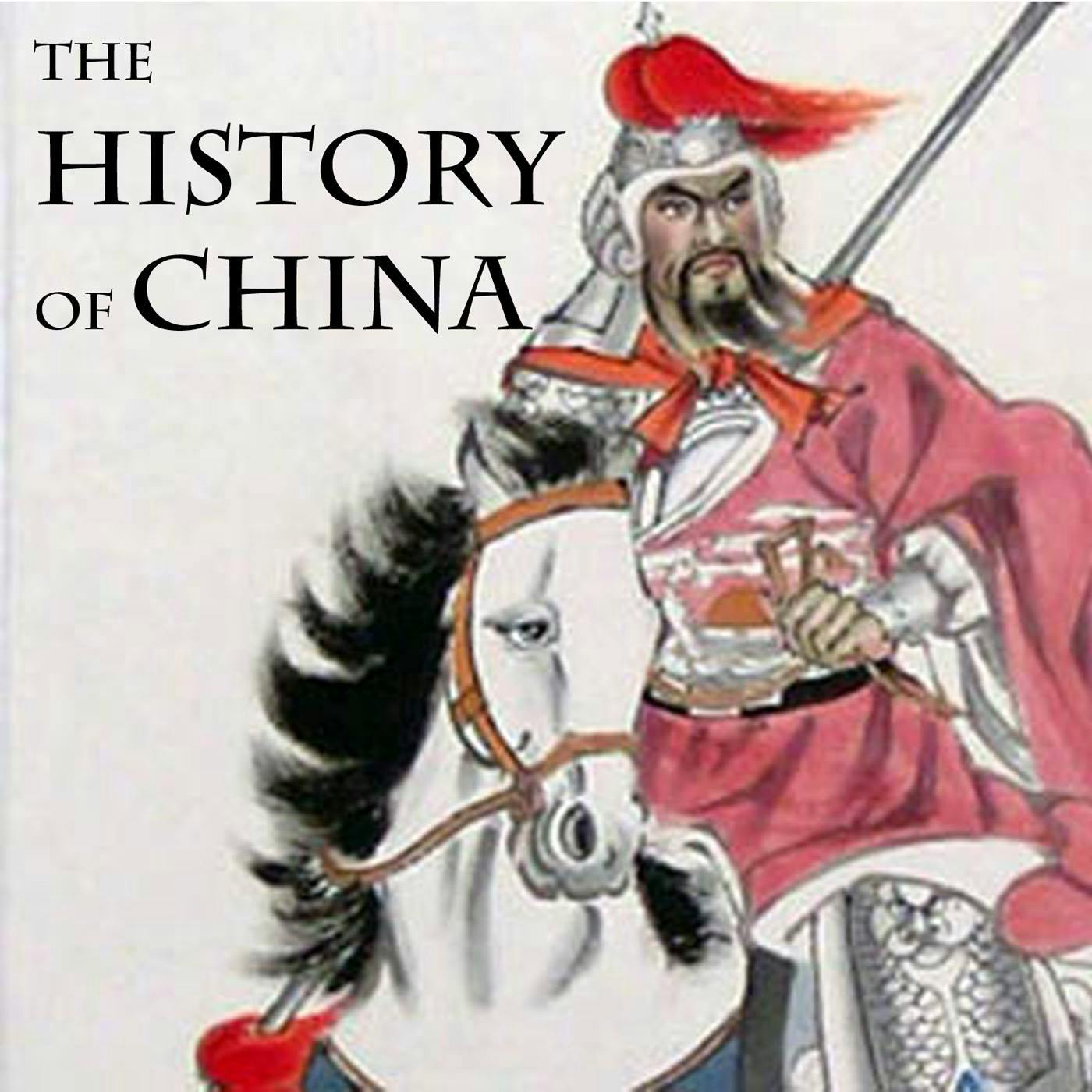
#204 - Ming 2: Winning Was Easy, Young Ming, Governing Is Harder

The History of China
Shownotes Transcript
The Hongwu Emperor officially accedes to the throne as the founding ruler of Great Ming, to as much pomp and circumstance as his ministers can possibly pack in to the ceremony. After the parties are all done and the sacrifices all made, however, the real work of governing an empire that has been ravaged for centuries begins… and not everyone is happy about having a new sovereign sitting atop the dragon throne.
Time Period Covered:
1367-1373 CE
Major Historical Figures:
Great Ming:
The Hongwu Emperor (Zhu Yuanzhang) [r. 1368-1398]
Empress Xiaocigao (née Ma Xuying) [1332-1382]
Zhu Biao, Crown Prince [1355-1392]
Zhu Shuang, Prince of Qin [1356-1395]
Zhu Gang, Prince of Jin [1358-1398]
Zhu Di, Prince of Yan [1360-1424]
Tao Kai, Minister of Rites
General Xu Da [1332-1385]
General Deng Yu
General Fu Youde [1327-1394]
Ambassador Zhao Zhi
Xia Kingdom (Sichuan):
Emperor Ming Yuzhen [r. 1360-1366]
Emperor Ming Sheng [r. 1366-1371]
Nanchō Japan:
Prince Kaneyoshi, the Chinzei Shogun [c. 1329-1383]
Monk Sorai
Major Works Cited:
Chan, Hok-Lam. “Ming Taizu’s Problem With his Sons: Prince Qin’s Criminality and Early Ming Politics” in Asia Major, Third Series, Vol. 20, No. 1 (2007).
Langlois, John D. “The Hung-wu Reign” in The Cambridge History of China, Vol. 7: The Ming Dynasty, 1368-1644, Part 1.
Learn more about your ad choices. Visit megaphone.fm/adchoices)